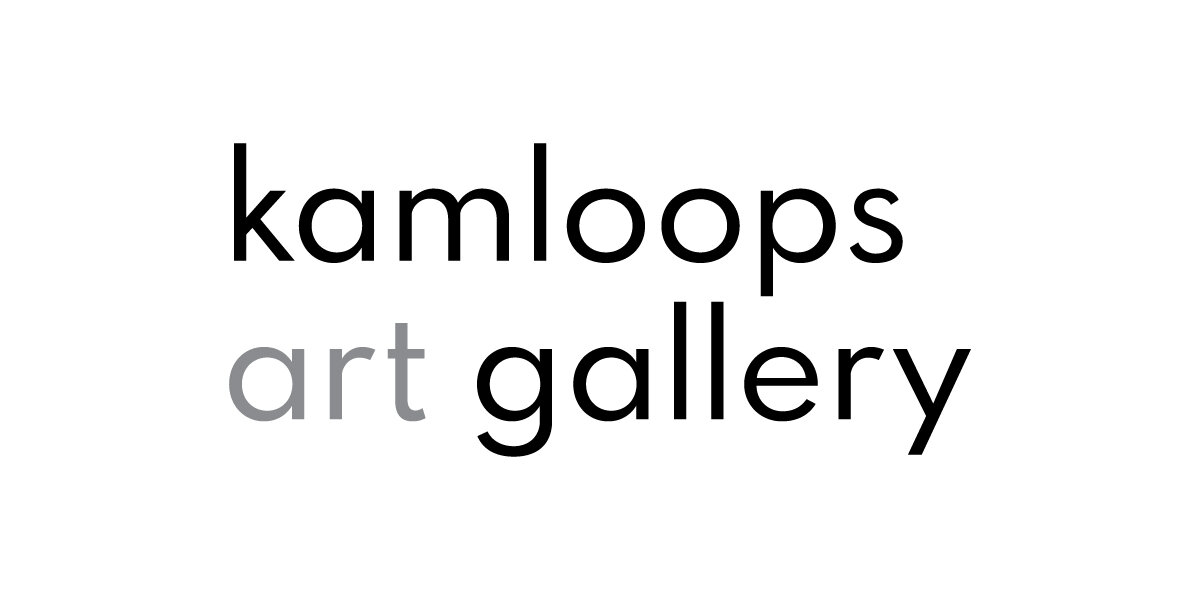The Social Life of Things
SCHOOL PROGRAM LESSON PLAN–4 to 6
The Social Life of Things—Drawing
Final Project Description:
A pencil and coloured pencil drawing of a second hand object with accompanying narrative.
Description:
Elaborating on the concept of “thing theory” explored in the exhibition, students will be guided through some quick drawing exercises followed by a sustained study drawing of a second-hand object. To accompany their drawing, students will create a short imagined history of the object—what it is, where it came from, what it does, etc. —to share with the class.
Curriculum Connections:
Visual Arts: Create images using particular visual elements and principles of design to produce a variety of effects.
English Language Arts: Telling stories in a logical sequence.
Workshop Duration: 90 minutes
In Studio: 20 minutes for instructions and discussion, 10 minutes for short directed drawing exercises, 35 minutes to work on a sustained coloured drawing of the item, 15 minutes to write a short biography of the item, 10 minutes for wrap up and discussion and sharing stories.
Prep:
Set up a table at the back of the room with an assortment of second hand items – roughly 30
Set up each child’s station with the necessary materials (listed below)
Materials:
9x12” sheets of canson drawing paper – 4 per student
Pencils
Pencil crayons
Pencil sharpeners
Erasers (hide these – give them out as needed)
Before students begin, make sure they write their name on the back of each paper.
Discussion:
10:30 – 10:50
Thing theory is dense and requires a bit of abstract thinking – walk the kids through these ideas slowly, and get them to participate in the discussion, it will make the ideas sink in more fully.
In his essay “Thing Theory,” Bill Brown differentiates between “object” and “thing.” For Brown, an object is stable: it is function and material, whereas the thing is mutable: it is the “stuff” that our own experience fills the object with when we look at it.
For example: Show them the minecraft doll picture (last page of this lesson).
Who knows what this is? Call on a couple of kids to talk about it briefly, then define “object” and “thing” according to this item.
OBJECT: this part is stable, everyone can see that it is a plush doll, green and black, square top, long middle, short rectangular pieces on the bottom.
THING: this part is mutable (changeable), for someone who plays minecraft it will evoke memories and ideas associated with the game and their experience playing it. For someone who is unfamiliar with the game, it will likely remain a weird geometric plush creature.
For a number of items, it can be said that the “thingness” only becomes noticeable when the object stops working – this is what we will be thinking about today.
We’re going to start by making some drawings of items that we’ve purchased from a second hand shop. You’re going to be focused on the “objectness” of the object – how big is it, what colour is it, does it have a rough texture, is it hard or soft, how does light hit it, etc.
Next, you’ll focus on the item’s “thingness” by writing a short story that details your imagined history of the item. When was it made, who used it, why was it special or how did it represent that period?
Directed Drawing Exercises
10:50 – 11:00
Ask the students to each select one item from the back table and return to their seats with it
Get the students to write their names on the back of all 4 sheets
Explain that they are going to make three quick drawings to get warmed up and then will have 35 minutes to work on a more sustained drawing of the item using pencil crayons. With each of the quick drawings, explain the technique and then give them 2 minutes to execute the drawing.
Drawing 1: Blind contour
Drawing 2: Continuous line
Drawing 3: Cross-contour
Creation & Analysis:
11:00 – 11:35
The students will now have 35 minutes to work on a coloured portrait of their item – they are welcome to use any or all of the techniques discussed or to go their own way. Encourage them to think about how they make their lines and how they lay down colour – refer back to the Derek Sullivan and Jen Aitken drawings they saw in the Gallery.
11:25
Ten minute warning! Let all of the students know they have ten more minutes to complete their drawings.
11:35 – 11:50
Ask the students to use the back of the paper to write out, in pencil, a brief but descriptive biography of their item: who used it, when was it made, why was it special, etc?
11:50 – 12:00
Ask a couple of the students to share their stories with the class.
TAKE A PICTURE!
Resources:
Bill Brown’s Thing Theory: http://faculty.virginia.edu/theorygroup/docs/brown.thing-theory.2001.pdf
